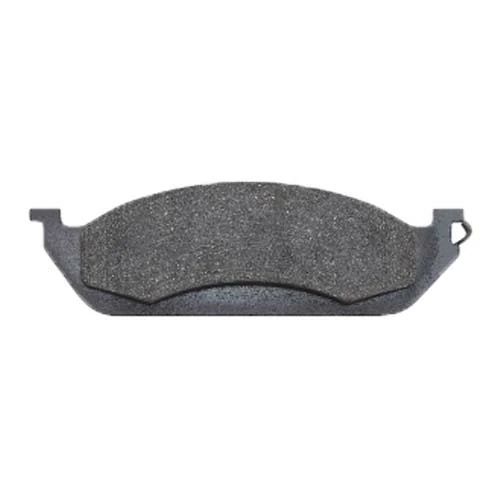Car parts are components that make up the various systems and subsystems of a vehicle.
Some common car parts include:
Engine: The engine is the heart of the vehicle and is responsible for converting fuel into mechanical energy to power the car.
Transmission: The transmission is responsible for transmitting power from the engine to the wheels and allows the driver to control the speed and direction of the vehicle.
Suspension: The suspension system consists of various components, such as shock absorbers, springs, and control arms, that work together to provide a smooth ride and ensure proper handling of the vehicle.
Brakes: The brake system consists of components, such as brake pads, rotors, calipers, and brake lines, that work together to slow down and stop the vehicle.
Steering: The steering system consists of components, such as the steering wheel, steering column, and steering gear, that work together to allow the driver to control the direction of the vehicle.
Electrical system: The electrical system consists of components, such as the battery, alternator, starter motor, and wiring, that provide power to the vehicle’s electronics and allow the vehicle to start and run.
Exhaust system: The exhaust system consists of components, such as the muffler, catalytic converter, and exhaust pipe, that work together to reduce noise and emissions from the vehicle.
Fuel system: The fuel system consists of components, such as the fuel pump, fuel filter, and fuel injectors, that work together to deliver fuel to the engine.
These are just a few examples of the many different car parts that make up a vehicle. Car parts can vary depending on the make and model of the vehicle, as well as the specific features and options installed. Proper maintenance and replacement of car parts are important to ensure safe and reliable operation of the vehicle.
The frequency of inspection and replacement of car parts can vary depending on several factors, including the make and model of the vehicle, the age of the vehicle, and the driving conditions. As a general guideline, car parts should be inspected regularly and replaced as needed to ensure safe and reliable operation of the vehicle.
Here are some common car parts and their recommended inspection and replacement intervals:
Engine oil and filter: The engine oil and filter should be changed according to the manufacturer’s recommendations, car parts supplier which can vary depending on the type of oil used, the driving conditions, and the age of the vehicle. As a general guideline, the engine oil and filter should be changed every 5,000 to 7,500 miles (8,000 to 12,000 kilometers) or every six months.
Brakes: The brake pads, rotors, and calipers should be inspected regularly for wear and damage. The manufacturer’s recommendations for inspection and replacement intervals can vary depending on the type of brake system and the driving conditions. As a general guideline, brake pads should be replaced every 25,000 to 50,000 miles (40,000 to 80,000 kilometers) or as needed.
Tires: The tires should be inspected regularly for wear and damage, and the air pressure should be checked regularly. The manufacturer’s recommendations for tire replacement intervals can vary depending on the type of tire and the driving conditions. As a general guideline, tires should be replaced every 40,000 to 60,000 miles (64,000 to 96,000 kilometers) or as needed.
Battery: The battery should be inspected regularly for signs of corrosion or damage. The manufacturer’s recommendations for battery replacement intervals can vary depending on the type of battery and the driving conditions. As a general guideline, batteries should be replaced every 3 to 5 years.
Timing belt: The timing belt should be inspected and replaced according to the manufacturer’s recommendations, which can vary depending on the make and model of the vehicle. As a general guideline, timing belts should be replaced every 60,000 to 100,000 miles (96,000 to 160,000 kilometers).
It’s important to consult the owner’s manual and follow the manufacturer’s recommendations for inspection and replacement intervals for specific car parts. Regular maintenance and replacement of car parts are important to ensure safe and reliable operation of the vehicle.
